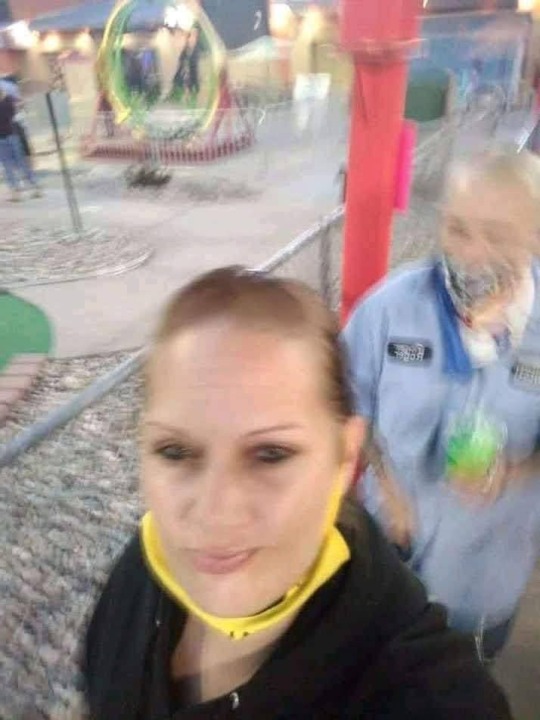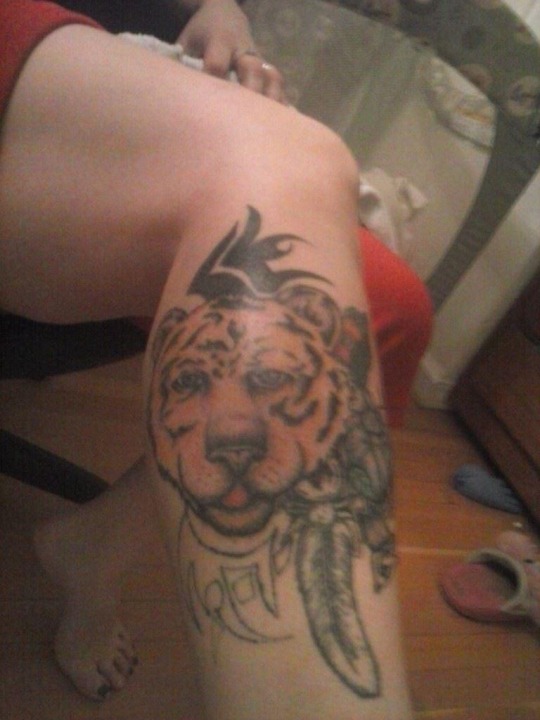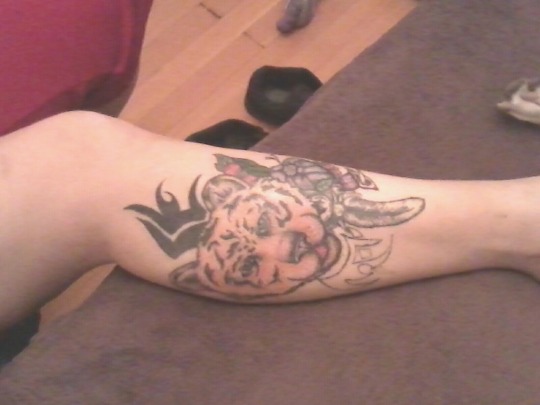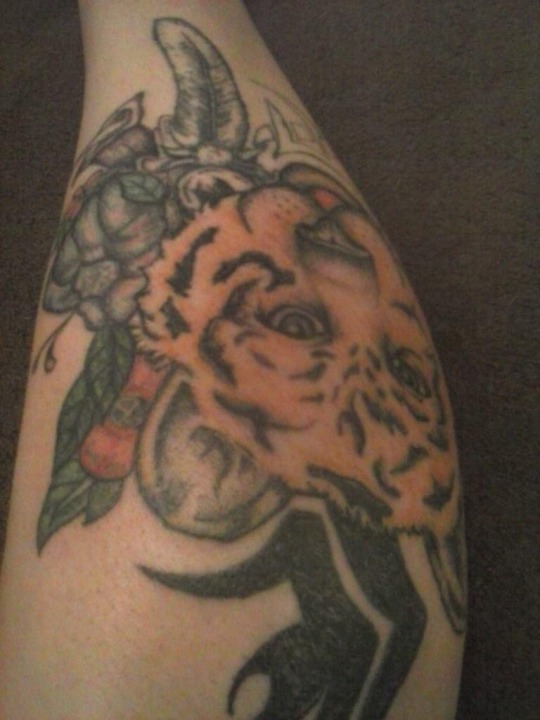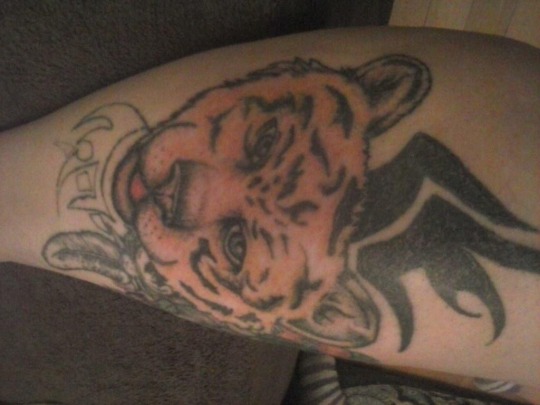#roger chaffee
Text
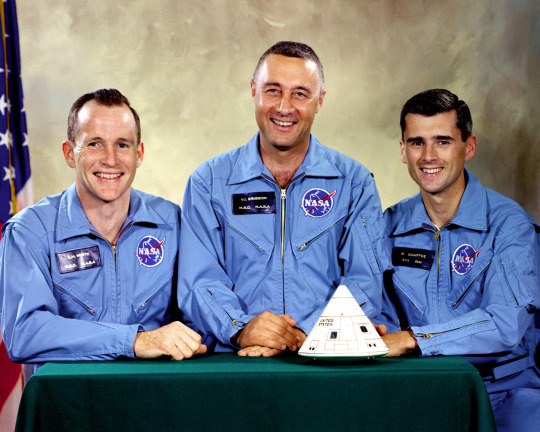


Virgil Ivan “Gus” Grissom (April 3, 1926 – January 27, 1967)
Edward Higgins “Ed” White II (November 14, 1930 – January 27, 1967)
Roger Bruce Chaffee (February 15, 1935 – January 27, 1967)
The crew of Apollo 1. Ad astra per aspera ❤️
#apollo 1#gus grissom#ed white#roger chaffee#NASA#astronauts#*#I'll never forget how you changed the world and changed my life#I'm so grateful to the three of you forever. I love and miss you always#more than we could ever find the words for
101 notes
·
View notes
Video
youtube
NASA Remembers Fallen Heroes
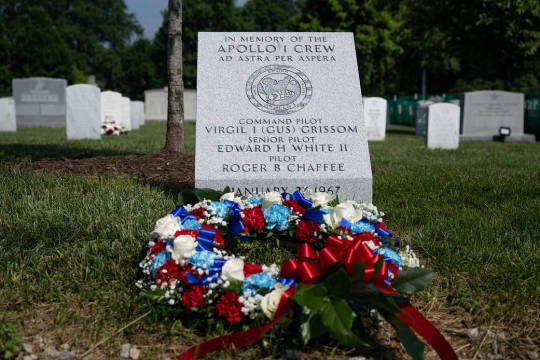
#youtube#Apollo 1#gus grissom#ed white#roger chaffee#challenger#columbia#ad astra per aspera#apollo astronauts#nasa#astronauts#charles bassett#elliot see#ted freeman#robert h lawrence jr#michael j adams
59 notes
·
View notes
Text

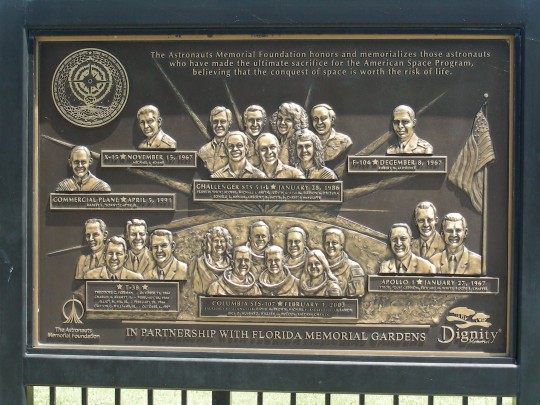

Astronauts Gus Grissom, Ed White and Roger Chaffee were killed in a fire during a test of their Apollo 1 spacecraft at the Kennedy Space Center on January 27, 1967.
#Gus Grissom#Ed White#Roger Chaffee#killed#Apollo 1#27 January 1967#anniversary#US history#Kennedy Space Center#astronauts#death#summer 2009#2010#plaque#logo#NASA#Florida#USA#vacation#Kennedy Space Center Visitor Complex#original photography#travel#National Aeronautics and Space Administration#tourist attraction#landmark#architecture
2 notes
·
View notes
Video
youtube
Some stuff about Roger from Roger That!
3 notes
·
View notes
Text
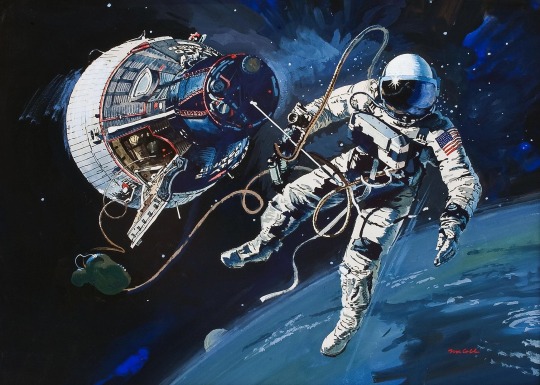
Edward White II, Spacewalk by Robert McCall from 1966 depicting White's Gemini IV space walk in June 1965, the first by an American, launched 3 June 1965 and returned 7 June.
White died on 27 January 1967, along with Gus Grissom and Roger B Chaffee, during a pre-launch test for Apollo I.
Robert McCall died on 26 February 2010.
#robert mccall#edward white#ed white#gemini iv#gemini 4#03jun#07jun#1965#roger b. chaffee#gus grissom#virgil ivan gus grissom#26feb
51 notes
·
View notes
Text

“We are in a risky business, and we hope that if anything happens to us, it will not delay the program. The conquest of space is worth the risk of life.” -Gus Grissom
(Remembering the astronauts who gave their lives 57 years ago, in the Apollo 1 fire.)
6 notes
·
View notes
Text

Today In History
Dred Scott was born into slavery in Southampton, Virginia, around 1795, the property of the Peter Blow family. He was given the name “Sam” but took the name of his older brother, Dred, when the latter died.
In 1836, Scott who was approximately 41, married a teenaged slave, Harriett Robinson, at Fort Snelling who was owned by another U.S. Army officer, Major Lawrence Taliaferro of Virginia. Scott and Robinson gave birth to their first child, Eliza, in 1838 and a second daughter, Lizzie, in 1840, and their two children were born free.
In 1843, Emerson died and left his estate to his widow, Irene Sanford Emerson. When Scott offered to purchase his freedom for $300 in 1846, Emerson refused his offer. He then obtained the assistance of two St. Louis attorneys who helped him to sue for his freedom. His 1846 lawsuit was filed in the St. Louis Circuit Court and went to trial in 1847.
Scott lost this case, but later that year he won a second trail. By this point Scott received financial support and legal representation from the sons of Peter Blow, his former owner, who had become anti-slavery advocates, Irene Sanford Emerson’s brother, John Sanford, and her second husband, Dr. C.C. Chaffee, a Massachusetts abolitionist. To all of them the Scott case as an important challenge to slavery.
On March 6, 1857, the United States Supreme Court finally ruled in Dred Scott v Sandford [Sanford was misspelled by a court clerk]. In a 7-2 decision written by Chief Justice Roger B. Taney, the majority of justices said that Scott and all slaves and free blacks were not citizens of the United States and therefore had no standing in the courts. The backlash to this decision strengthened the abolitionist movement and further divided the North and South, leading four years later to the U.S. Civil War.
After he was freed, Dred Scott went to work as a porter in the St. Louis area. He died from tuberculosis in September 1858. Harriett Scott died eighteen years later on June 17, 1876.
CARTER™️ Magazine
#carter magazine#carter#historyandhiphop365#wherehistoryandhiphopmeet#history#cartermagazine#today in history#staywoke#blackhistory#blackhistorymonth#dred scott
83 notes
·
View notes
Text
Cancelled Missions: Apollo AS-204 (aka Apollo 1)

Planned Launched: February 21, 1967
Commander Pilot:CDP Virgil I. Grissom
CM Pilot:CMP Edward H.White.II
LM Pilot:LMP Roger B. Chaffee
The tragic fire that claimed the lives of Gus Grissom, Ed White and Roger Chaffe and postponed the debut manned flight of the Apollo Spacecraft. The Apollo AS-204 was cancelled as NASA officials investigated the cause of the fire and came up with changes to the block II Command Module, set to debut now on Apollo 7. Set back Apollo program by 18 months. This deserves its own post
Here is what was originally planned for the first manned mission (C-type) of the Apollo Command and Service Module:
"Originally planned for the last quarter of 1966. Numerous problems with the Apollo Block I spacecraft resulted in a flight delay to February 1967. The designation AS-204 was used by NASA for the flight at the time; the designation Apollo 1 was applied retroactively at the request of Grissom's widow.
Apollo 205, a second solo flight test of the Block I Apollo CSM, was planned but cancelled on December 22, 1966. The Schirra, Cunningham, Eisele crew from that flight became the backup crew to Apollo 204 (replacing the original backup crew of McDivitt, Scott, Schweickart)."
-Information from Astronautix.com: link
One proposal was to launch Gemini 11 (or 12 or both) and Apollo 1 at the same time and rendezvous in orbit. If the first two Apollo missions (AS-201 and AS-202) were a failure, then AS-204 (AS-203 did not carry a CSM) would be flown unmanned and a Gemini astronaut would EVA transfer to and enter the CSM-012, check out its systems, and return to the Gemini. However, with the delays with getting CSM-012 ready, having to reconfigure the Gemini capsule to work with Apollo and the eagerness to finish Gemini to focus on Apollo, this proposal was cancelled.

"The Apollo 1 prime crewmembers for the first manned Apollo Mission (204) prepare to enter their spacecraft inside the altitude chamber at the Kennedy Space Center (KSC). Entering the hatch is astronaut Virgil I. Grissom, commander; behind him is astronaut Roger B. Chaffee, lunar module pilot; standing at the left with chamber technicians is astronaut Edward H. White II, command module pilot."
"For the first two and a half hours in orbit, CSM-012 would remain attached to the S-IVB stage much as a Moon-bound Apollo would do prior to trans-lunar injection. After separation of the CSM, Grissom would perform a station keeping exercise with the spent S-IVB stage so that White and Chaffee could photograph the stage as it vented its residual propellants. This would provide vital observations on the behavior of the S-IVB stage to aid in planning future mission activities.
At this point, Apollo 1 would perform an open-ended mission which could last for as little as six orbits in order to meet at least the highest priority mission objectives or as long as two weeks, provided that CSM-012 continued to function adequately. The primary objectives of the mission basically centered on testing all the systems of the Block I Apollo spacecraft during ascent, in orbit and during descent. The first pair of firings of the SM’s SPS would take place the day after launch to raise and circularize the orbit of Apollo 1. No attempts would be made to perform a rendezvous with the spent S-IVB stage. Afterwards, burns of the SPS were planned to be performed every other day during the course of the mission with each astronaut taking turns in the left-side commander’s seat – three burns each by Grissom and White as well as two burns by Chaffee. Apollo 1 would carry a television camera which would allow live broadcasts from inside the CM cabin during the mission. The camera would also allow ground controllers to monitor the CM’s control panel during key parts of the flight.
In addition to the laundry list of systems checks, Apollo 1 also carried an array of hardware to perform a total of nine medical, scientific and technological experiments during its long orbital mission. These consisted of the following:

The storage locations of some of the hardware for flight experiments inside the Apollo 1 cabin.
M-3A In-Flight Exerciser: This was simply a pair of bungee cords that would loop around the astronaut’s feet and grasped by the hand via a handle. Each astronaut would spend three ten-minute sessions each day exercising with this device to determine the utility of in-flight exercise to stave off the effects of prolonged weightlessness. A similar M-3 experiment was flown on the Gemini 4, 5 and 7 long-duration missions during 1965.
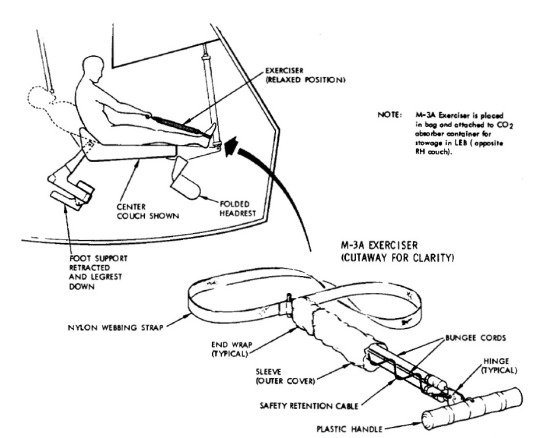
Diagram showing the M-3A exercise experiment that would have been carried by Apollo 1.
M-4A In-Flight Phonocardiogram: The purpose of this experiment was to produce in-flight recordings of the crew’s heartbeat to determine the effects of weightlessness on heart function. Grissom and Chaffee would be the subjects of these tests. This was similar to the M-4 experiment flown on the long-duration Gemini missions.
M-6A Bone Demineralization: The goal of this experiment was to determine the effects of weightlessness on the demineralization of certain bones in the body. This experiment required no special in-flight equipment and would rely on measurements derived from X-rays taken before and after the flight from all three crew members. Once again, this was similar to the M-6 experiment performed during the long-duration Gemini missions.
M-9A Human Otolith Function: The objective of this experiment was to determine the effect of prolonged weightlessness on an astronauts sense of orientation. Each crew member would spend 15 minutes each day in orbit wearing a set of test goggles with their responses recorded by a 16 mm movie camera. A similar experiment was conducted during the Gemini 5 and 7 missions.
M-11 Cytogenetic Blood Studies: This experiment sought to determine if the space environment produced cellular changes in the blood of the crew. No in-flight equipment was required with the necessary data coming from blood samples taken from all three crewmen at set intervals before and after the mission.
M-48 Cardiovascular Reflex Conditioning: In this experiment, one of the astronauts would don a set of vascular support tights one or two hours before the end of the mission to determine if such a garment helps prevent physical fatigue blood pooling in the lower body following return to Earth.
S-5A Synoptic Terrain Photography: This was similar to the S-5 experiment flown on most of the earlier Gemini missions. The crew would use a 70 mm Hasselblad camera to perform near nadir-viewing photography of the Earth during 9 AM to 3 PM local time. Two color film packs with a total of 110 exposures were to be carried on the Apollo 1 mission.

Diagram showing the in-flight stowage of the camera and film packs for the S-5A and S-6A experiments on the inside CM crew hatch.
S-6A Synoptic Weather Photography: Similar to the S-6 experiment conducted on most of the Gemini missions, the purpose of this investigation was to provide orbital photographs of weather phenomena at a much higher resolution than was possible with contemporary weather satellites like NASA’s TIROS or Nimbus satellites. One color and one color-shifted infrared film packet along with an ultraviolet filter for the camera would be carried to support this experiment.
T-3 In-Flight Nephelometer: This experiment used a device to measure the size, concentration and distribution of particles present inside the CM cabin. Measurements would be made every six hours starting two days into the mission."
-Information from DrewExMachina: link
The mission was scheduled to last about 2 weeks and would have been recovered by USS ESSEX (CV-9) in the Pacific Ocean on March 7, 1967.


- Apollo 1 mission patch
NASA ID: S66-30236, S66-58038, S66-36742
source, source
#Apollo 1#AS-204#Apollo CSM Block I#CSM-012#SLA-5#Saturn IB#SA-204#Rocket#NASA#Apollo Program#C-type Mission#February#1967#Cancelled#Cancelled Mission#my post
42 notes
·
View notes
Text

Remembering Apollo 1 ...
January 1967, NASA astronaut Roger Chaffee and his wife Martha posed for photographs during their end-of-year 1966-1967 holiday period as astronaut couples spent Christmas time and New Year at their homes near Houston - Texas.
Together with NASA astronauts Edward White & Virgil Gus Grissom, they were ready to start training for the manned Apollo lunar spaceflight program. Apollo 1 in particular.
All Apollo 1 astronauts wore NASA-issued Omega Speedmaster 105.003 chronographs, on a lightweight steel mesh Jacoby Bender champion bracelet.
Note that during photo sessions, most NASA astronauts had the Speedmaster chronograph hand running !
(Photo: AP/WBESS/NASA)
#Apollo#astronaut#321#Speedmaster#chronograph#NASA#Omega#Moonwatch#MoonwatchUniverse#military#montres#pilot watch#spaceflight#Zulu time
17 notes
·
View notes
Text
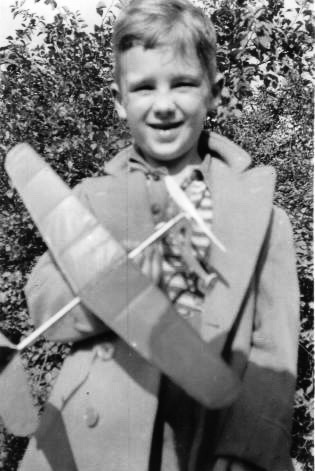
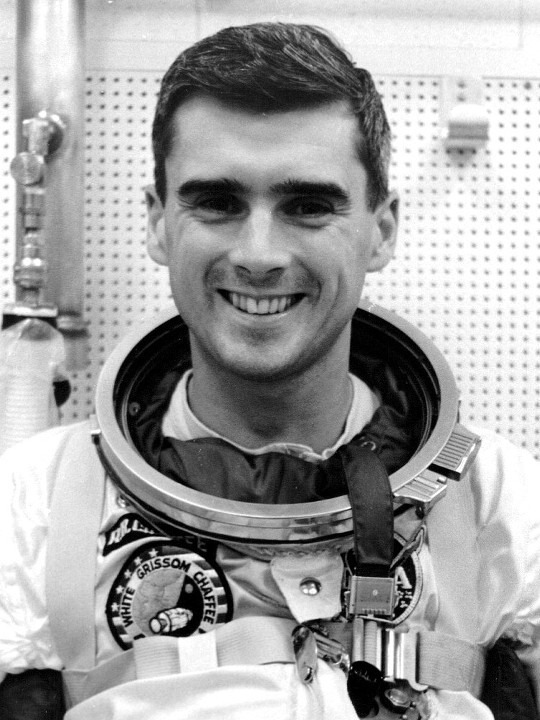
Happy birthday to naval aviator and NASA astronaut Roger B. Chaffee (February 15, 1935 – January 27, 1967), who would’ve been 88 years old today! 💙
37 notes
·
View notes
Text

Image Credit: NASA/Bill Ingalls
Source: https://www.nasa.gov/image-feature/apollo-1-monument-dedication
1 note
·
View note
Text
Remembering Gus, Ed and Roger


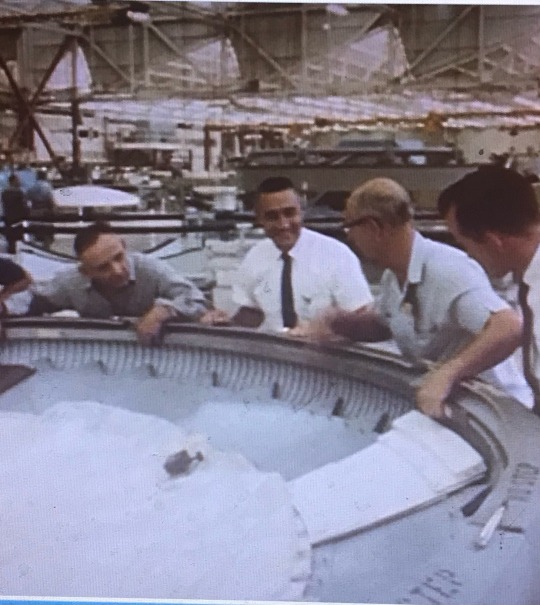



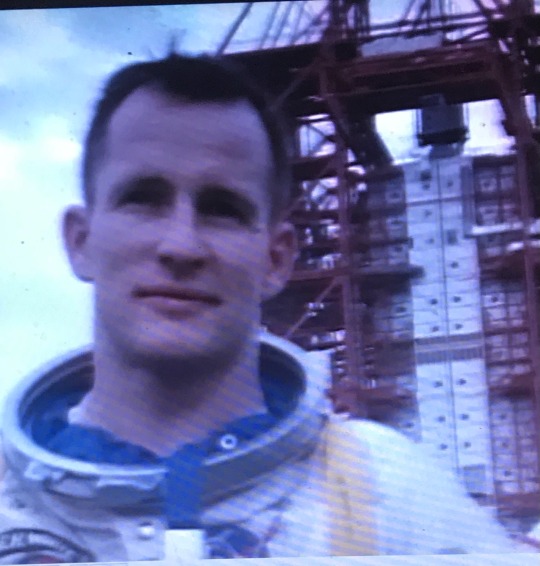
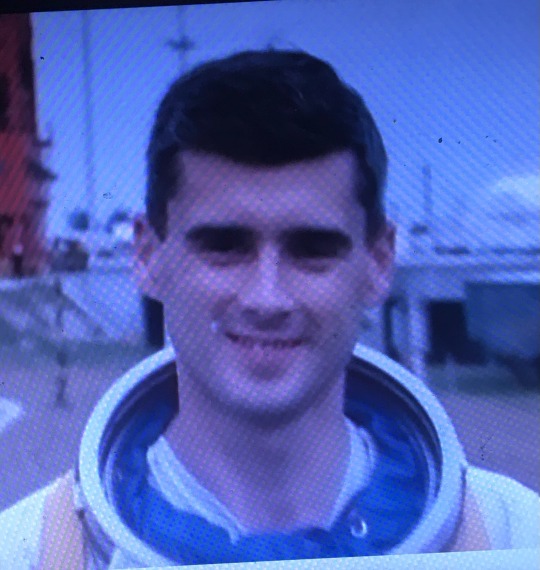


6 notes
·
View notes
Photo
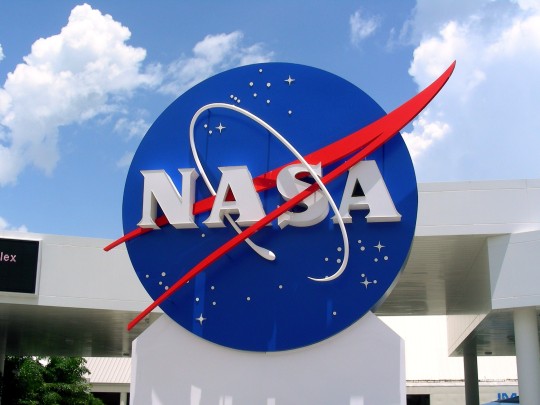
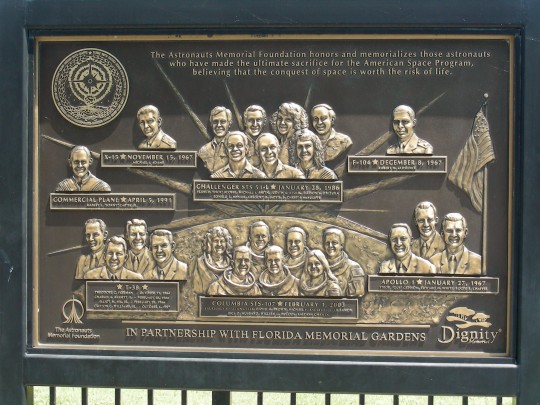
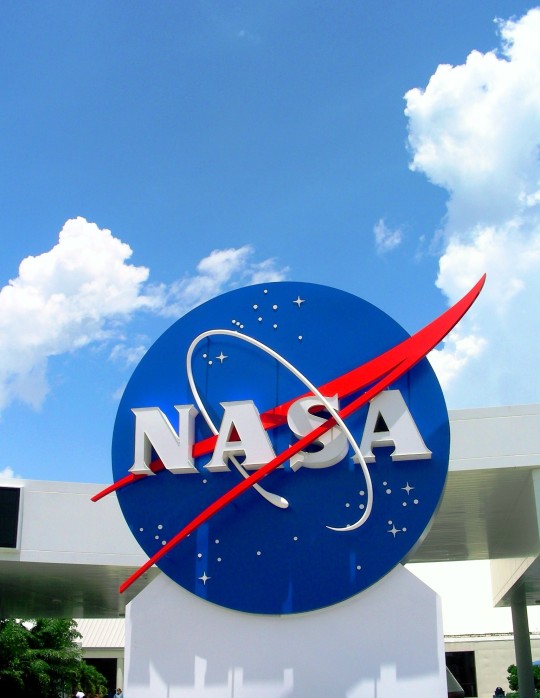
Astronauts Gus Grissom, Ed White and Roger Chaffee were killed in a fire during a test of their Apollo 1 spacecraft at the Kennedy Space Center on January 27, 1967.
#Kennedy Space Center Visitor Complex#Gus Grissom#Ed White#Florida#Roger Chaffee#killed#died#death#27 January 1967#anniversary#NASA#logo#summer 2009#2010#original photography#travel#vacation#USA#National Aeronautics and Space Administration#US history#plaque
1 note
·
View note
Text
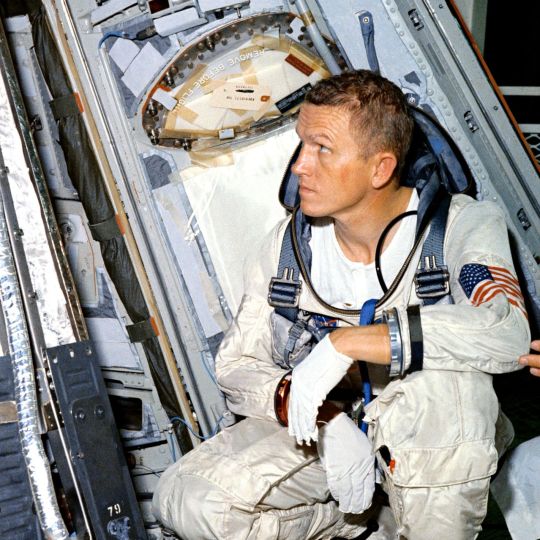
On Christmas Eve 1968, as commander of Apollo 8 – the first manned lunar orbital mission – Frank Borman, who has died aged 95, came out with words that, alongside Neil Armstrong’s “giant leap for mankind”, from Apollo 11 in 1969, and Jack Swigert and Jim Lovell’s “OK, Houston, we’ve had a problem”, from Apollo 13 in 1970, defined an era.
In that moment before the moon programme became mundane, when astronauts were prime time, Apollo 8’s broadcast ended with the crew – Bill Anders, Lovell and Borman – reading the story of Earth’s creation as written in the book of Genesis.
It was Borman’s conclusion, “Good night, good luck, a merry Christmas and God bless all of you, all of you on the good Earth”, that clinched it. For Gene Kranz, Nasa’s chief of flight control operations in Houston, the phrase was “literally magic. It made you prickly. You could feel the hair on your arms rising, and the emotion was just unbelievable.”
Thus, for some, the traumatic 1968 of the ongoing Vietnam war, the assassinations of Martin Luther King and Robert Kennedy, and the crushing of Czechoslovakia, had been transcended. From a distance – around 238,855 miles – it was still, apparently, the good Earth.
Around two years earlier, Nasa had been in crisis. On 27 January 1967, Gus Grissom, Ed White and Roger Chaffee had been incinerated on Apollo 1 during a test launch. Borman was appointed to the Nasa board which, that April, reported on the fire, slamming Nasa management and North American Aviation for its “ignorance, sloth and carelessness”.
Borman was then sent to North American’s plant in Downey, California – where drunkenness had been rife – to scrutinise command module redesign. “Borman set them straight,” wrote the second man on the moon, Buzz Aldrin, in Men from Earth (1989). “His shoot-from-the-hip management style – some called it bullying – worked.”
The Mercury programme had put astronauts in space. Gemini – to which Borman had been recruited in 1962 – had honed the business of Apollo: to fulfil President John F Kennedy’s goal of a manned moon landing by the end of the decade. In December 1965, Borman and Lovell had made their space debut with a record 14 days of orbit on Gemini 7, and also made a rendezvous with Gemini 6.
In the wake of the 1967 tragedy there were three unmanned Apollo launches, with mixed results. But in September 1968 the unmanned Soviet Zond 5’s orbit of the moon triggered alarm in the US. The Soviets had launched Sputnik, and the space age, in 1957. The first man in space, Yuri Gagarin, had orbited Earth in April 1961. That, along with the furore around the Bay of Pigs fiasco, had helped propel JFK into making his rash pledge in May 1961.
Seven years on, in autumn 1968, Nasa and the CIA were asking whether history was going to repeat itself. Would a Russian be first around the moon? That October, the Apollo 7 astronauts, Wally Schirra, Walter Cunningham and Donn Eisele, spent a successful, albeit cold-ridden and fractious, 10 days in orbit around the Earth. There were rows with ground control. None of those three would get another mission.
Nasa needed a breakthrough. Rather than the next planned Earth orbit, Apollo 8 was to be sent to the moon and, after the astronaut Jim McDivitt turned down the offer, Borman got the job. On 21 December, following a morale-boosting visit from the aviator Charles Lindbergh, Borman, Lovell and Anders blasted off.
Borman’s greatest fear, wrote Andrew Chaikin in A Man on the Moon (1994), was that the moon mission would be aborted and Apollo 8 would be confined to orbiting the Earth. It did not happen, but en route Borman was afflicted by vomiting and diarrhoea, the detrital consequences of which floated on, to be trapped by paper towels. The three men orbited the moon 10 times in 20 hours, descended to 69 miles above the rock’s surface, and were the first to witness the far side of what Borman called “a great expanse of nothing”.
It was on the fourth orbit that Borman spotted the Earth rising from behind the moon – an image that Anders captured on colour film and became known as Earthrise. “Oh my God! Look at the picture over there. Here’s the Earth coming up,” Borman is recorded shouting in a transcript.
Born in Gary, Indiana, Frank was the son of Edwin Borman, who ran an Oldsmobile dealership, and Marjorie (nee Pearce). The family moved to Tucson, Arizona, where his mother opened a boarding house, and Frank went to the local high school. He first flew as a teenager, in 1943. Seven years later he graduated from West Point Military Academy in New York state.
From 1950 Borman flew F-84 fighter-bombers with the US Air Force. A perforated ear drum denied him Korean war combat experience. In 1957 he gained a master’s in aeronautical engineering from the California Institute of Technology and became an assistant professor of thermodynamics and fluid mechanics at West Point.
Three years later he graduated from the Aerospace Research Pilot School at Edwards air force base in California. There, his aircraft included the controversial Mach 2 Lockheed F-104 Starfighter. It was in 1962 that, alongside Armstrong, Lovell and others, he became one of Nasa’s Gemini programme “New Nine”. Apollo 8 proved what had been evident to insiders for many years: that the US had won the space race. Borman, Anders and Lovell became Time magazine’s 1968 men of the year.
Having achieved the rank of colonel in the mid-1960s, Borman retired from the USAF and space flight and, after a sojourn at Harvard Business School, joined Eastern Air Lines. By 1975 he was Eastern’s CEO and a year later became chairman. But by the late 70s competition was intensifying, labour relations were deteriorating and Borman – never a diplomat – was in the firing line. He quit the company in 1986 when it was taken over by a corporate raider, and Eastern collapsed five years later.
He and his wife, Susan (nee Bugbee), whom he had married in 1950, moved to New Mexico, where he remained involved in business interests. They later settled in Billings, Montana, where he had a cattle ranch and rebuilt vintage aircraft. A supporter of Richard Nixon and both George Bushes, Borman was a man of brisk views. Among the many targets of his ire were the sound barrier-breaking pilot Chuck Yeager, the Democratic party presidential candidate Michael Dukakis and the scientist Carl Sagan.
He received many honours, including the Congressional Space Medal of Honor in 1978, and published his autobiography, Countdown, in 1988.
Susan died in 2021. His sons, Frederick and Edwin, four grandchildren and six great-grandchildren survive him.
🔔 Frank Frederick Borman II, astronaut, born 14 March 1928; died 7 November 2023
Daily inspiration. Discover more photos at Just for Books…?
12 notes
·
View notes

